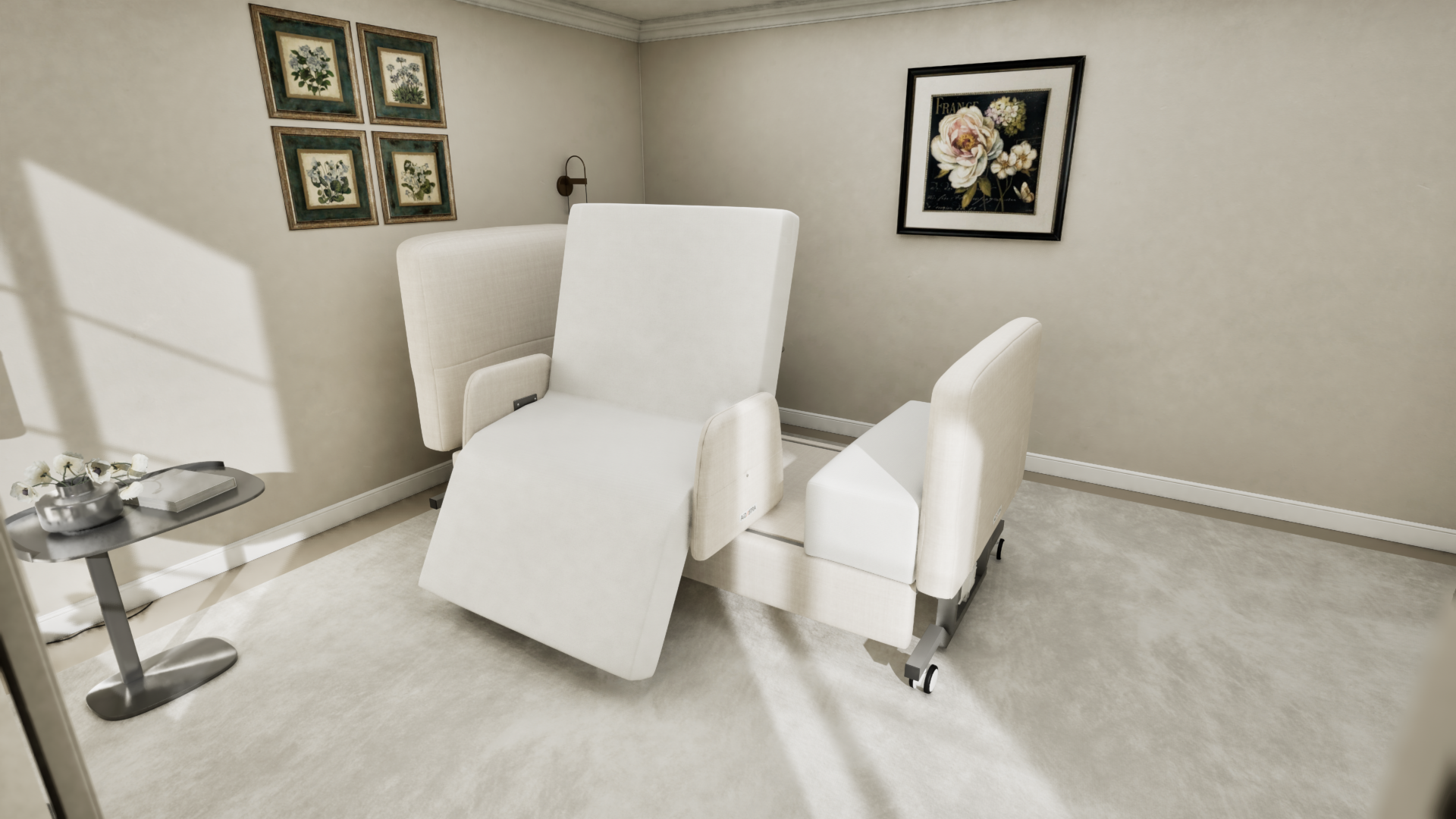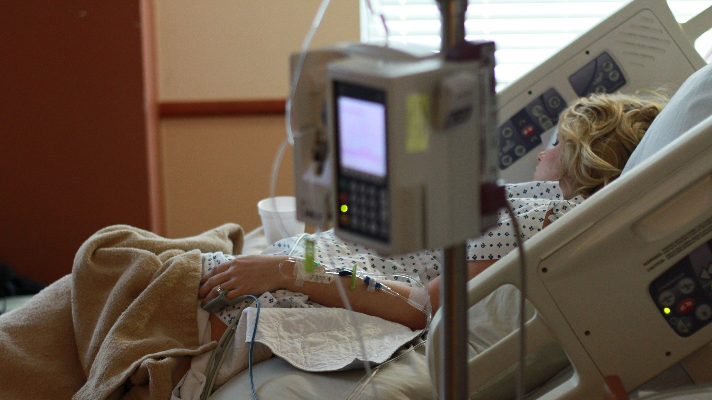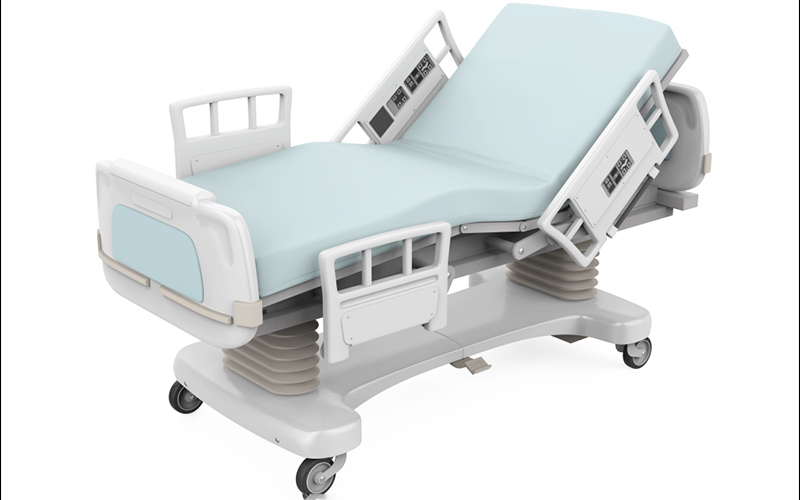7 Easy Facts About Hospital Beds For Home Use Shown
7 Easy Facts About Hospital Beds For Home Use Shown
Blog Article
The Basic Principles Of Hospital Beds For Home Use
Table of ContentsGet This Report on Hospital Beds For Home UseHow Hospital Beds For Home Use can Save You Time, Stress, and Money.The Single Strategy To Use For Hospital Beds For Home UseThe Single Strategy To Use For Hospital Beds For Home UseOur Hospital Beds For Home Use PDFsThe Definitive Guide for Hospital Beds For Home UseFascination About Hospital Beds For Home Use
There are 3 main types of hospital beds: handbook, semi-electric, and fully-electric. These beds make use of hand cranks to readjust the bed's elevation and raise and lower the head and the foot.
Semi-electric beds have an electric motor to raise and lower the head and foot parts of the bed (hospital beds for home use). Full-electric beds have an electric motor that can raise the head and foot sections of the bed as well as the entire elevation and positioning of the bed.
The Main Principles Of Hospital Beds For Home Use
There are several kinds of hospital beds, each developed to satisfy certain client needs. Below are some typical types: This is the most usual type of healthcare facility bed, designed for basic medical usage.
Reduced to the ground than a basic bed. This sort of bed is created for bigger patients, with a larger structure and higher weight ability than a standard bed. This sort of bed is developed particularly for youngsters, with smaller dimensions than a conventional bed. Unique attributes such as complete size side rails and cartoon style.
This sort of bed is made for seriously sick individuals who require open tracking and specialized medical equipment such as ventilators and infusion pumps. This sort of bed is developed for usage during labor and distribution, with flexible placements and attributes to sustain the mom and infant throughout the birth process.
Some Known Factual Statements About Hospital Beds For Home Use
Numerous feature and the accessories do expanding grip to various components of the vertebra and the extremities without moving the body. These are simply a couple of examples of the kinds of health center beds readily available. The particular kind of bed utilized will certainly depend upon the person's condition, clinical demands, and other factors.
Below is things you need to know. A one-function healthcare facility bed is a medical bed that enables a person to relocate only the head or foot section up or down. A 2 function medical facility bed commonly describes a kind of medical bed that has two flexible functions to help clients in medical facilities or care facilities.

More About Hospital Beds For Home Use
A 7-function ICU bed is a type of medical bed that offers numerous adjustable functions to sustain seriously ill people in an intensive care system (ICU) (hospital beds for home use). The 7 functions typically include: Back-rest adjustment: Visit Website The back-rest can be adapted to various angles to help the client sit up or lie down conveniently
Elevation adjustment: The bed can be raised or decreased to make it simpler for people to obtain in and out of bed, and for caregivers to provide care. Trendelenburg placement: The entire bed can be slanted to advertise blood flow and flow in the body. Reverse Trendelenburg placement: The bed can also be tilted in the contrary instructions to promote blood circulation and flow in the upper body.
1. What Dimension is a Hospital Bed? 2. How Much Does a Hospital Bed Expense? 3. Why Do Medical Facility Beds Have Side Bed Rails? 4. What Are The Main Healthcare Facility Bed Components?. While even more cost effective than electric models, these beds call for physical effort for modifications. The major advantages of hands-on beds are their affordability and integrity, as they do not rely on electrical power. The requirement for manual initiative can be a limitation in situations where quick modifications are necessary or where caregivers encounter physical difficulties.
Some Known Details About Hospital Beds For Home Use
Semi-electric health center beds offer an equilibrium of handbook and electrical controls. These beds provide an optimal center ground between handbook and completely electric options, providing simplicity of use without the full cost of electrical versions.
Semi-electric beds are fit for clients that need moderate adjustments to the head and foot areas however can handle without regular height changes. This makes them an affordable service for those looking for convenience and comfort without the requirement for continuous repositioning. Fully electrical hospital beds include electric controls for seamless modifications to the elevation, head, and foot areas.
Specialized health center beds, such as ICU beds, lasting care beds, and bariatric beds, are thoroughly designed to resolve certain medical demands. These beds offer tailored look after diverse patient teams, improving both end results and comfort. In the following areas, we will discover the primary kinds of specialized hospital beds, detailing their particular advantages and applications.
With years of here experience in producing electrical direct actuators - hospital beds for home use and close collaboration with the medical care industry, TiMOTION is well-positioned to supply trustworthy health care remedies. Our vertically incorporated company takes care of every step of the production process, from layout to actuator assembly, guaranteeing we deliver phenomenal value and tailored solutions customized to your specific requirements
Indicators on Hospital Beds For Home Use You Should Know

To find out more concerning integrating these technologies right into your items, contact us today. More reading:.
Information is sourced from the Medicare Cost Report.

Hospital Beds For Home Use Fundamentals Explained
A health center bed is a bed made especially for clinical purposes. It is not just an area for individuals to rest, but likewise a platform for clinical procedures. Unlike regular home beds, medical facility beds typically have adjustable attributes, which can assist in medical personnel to make different adjustments according to the requirements of patients, such as transforming the height, inclination, and assistance angle of the back and legs of the bed.
Report this page